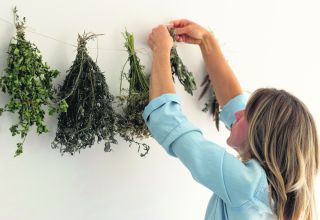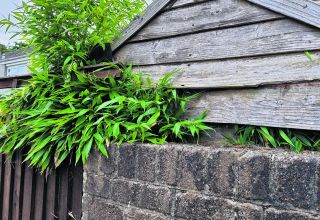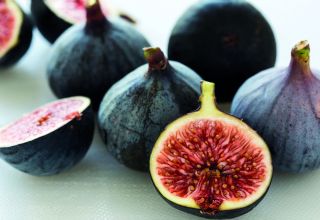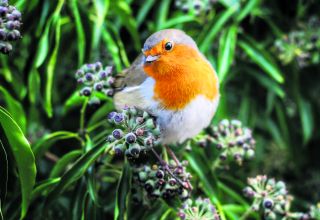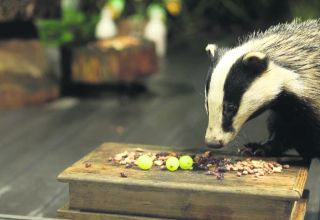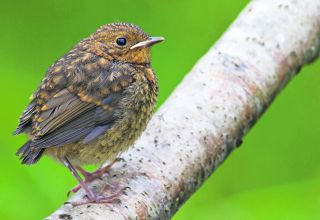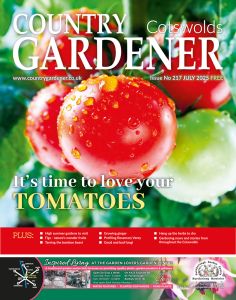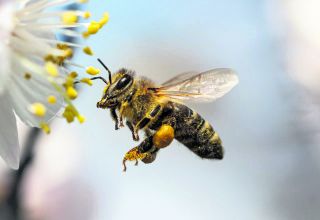
As part of a new gardening season we are increasingly going to be asked to plant for pollinators but how do we choose which welcome plants? Diana Redfern looks at some of the science and facts behind the miracle of pollination.
This phrase ‘as busy as bees’ is well known but just how busy is a honey bee? Let us see.
How much honey can a bee make in its short life? The answer is just one twelfth of a spoonful. All foraging bees are called worker bees, are female and for three to five days of their short life of three weeks or so they must search for pollen and nectar to take back to the hive to feed themselves and their young.
Each trip takes about 25 minutes and up to 20 trips a day happen depending on weather.
Exhausting work. Much honey is stored for the winter. We steal it so we must make sure that enough is left to see the bees through the winter.
Filling a one-pound jar of honey needs 550 bees and the nectar from two million flowers. Luckily one hive of bees contains up to 60,000 bees at the height of the flowering season.
Whilst this exhausting work is going on, plants are being pollinated.
We may think mostly of bees as pollinators (of which there are 270 species in the UK) including honey bees, bumble bees and solitary bees. There are others equally important; namely hoverflies, lacewings, wasps, butterflies, moths and other insects such as beetles.
Bees and plants have evolved together.
To avoid competition there are flowers to suit each pollinating species. They vary in size and shape though there are six recognisable flower shapes.
Bees are constantly searching for pollen and nectar. Plants are awaiting pollination. When a bee alights on a flower it may brush against the male part of the plant{anther) and pollen is likely to fall onto the bee. When the bee reaches the next plant some pollen may fall onto the sticky female part (stigma), and so cross pollination occurs. Most of the pollen is stored on the legs in an area known as the pollen basket.
How do pollinators use pollen?
Pollen is full of protein plus fats, minerals and vitamins. Queen bumblebees use pollen to engage their ovaries after hibernation, so they can start laying eggs. Bees also collect pollen to feed their young.
Some pollinators eat pollen themselves, such as some types of beetle and wasps. Pollen varies from plant to plant in quality and quantity.
The flowers that offer the best quality pollen are members of the legume family such as clovers, lupins and trefoils such as bird’s foot trefoil. If lawns were mown less often or even just a patch of lawn left long, clovers and trefoils are likely to flower, providing a much-needed source of pollen.
How do pollinators use nectar?
It’s a kind of a reward from plants.
Plants reward insects by providing nectar, which is water containing sugar, but they have to push deep down into the flower so brushing by the pollen to find the nectaries at the base of the petals. Plants advertise nectar by providing guidelines, scent and attractively coloured petals for the bees that see in UV light. It is a very efficient system that has evolved over many years. Nectar itself is very variable both in sugar content and availability. Bees like nectar to be 80per-cent sugar. For example, dandelion nectar contains 50per-cent sugar whilst apple blossom only 25 per cent sugar. Thus, the bees would choose dandelion because it must spend less energy extracting water and adding more sugar.
Some flowers produce nectar on demand like penstemons and the raspberry family but it is a very energy demanding process for the plant. Being so sugary, nectar is packed with carbohydrates, which give bees the energy they need to fly. Indeed, it’s thought that bees can only live for 24 hours without nectar, unless they are hibernating.
Other pollinators use nectar, too, including butterflies, hoverflies and other flies, and some beetles. They all use the energy from the nectar to find mates and establish nests.
As gardeners we are increasingly asked to plant for pollinators but how do we choose welcome plants?
It is important to provide a variety of different plants because different insects are adapted to use specific plants. It is even more important to provide a range of plants for as much of the year as possible especially early and late when food is short and insects may die in their search for food. Snowdrops, hellebores, primroses,and mahonia are good choices. Late in the year Michaelmas daisies,some dahlias, caryopteris and especially ivy are useful.
“It is even more important to provide a range of plants for as much of the year as possible especially early and late when food is short and insects may die in their search for food. Snowdrops, hellebores, primroses, and mahonia are good choices.”
Bees especially have plant favourites, so it is a good idea to plant groups of the same plant together to avoid the insect using too much energy in its search for its chosen flower. Single flowers are the most accessible because there are fewer petals for insects to negotiate before they can reach the nectaries.
Blackberry, apple blossoms and single roses are good examples.
Plants that are umbrella shaped like cow parsley are especially welcome to pollinators because there are many flowers close together so that insects can crawl over the plant without wasting valuable flight energy. Such plants include angelica, fennel, coriander, parsley and many vegetables if some are allowed to seed, such as carrots and leeks.
Of course, we depend on pollinating insects too for they pollinate one third of all our food plants.
So why, I keep wondering, do we persist in spraying plants with poisonous chemicals that do not distinguish between garden friend or foe.
The ‘ide’ in pesticide, fungicide means kill/destroy deliberately.
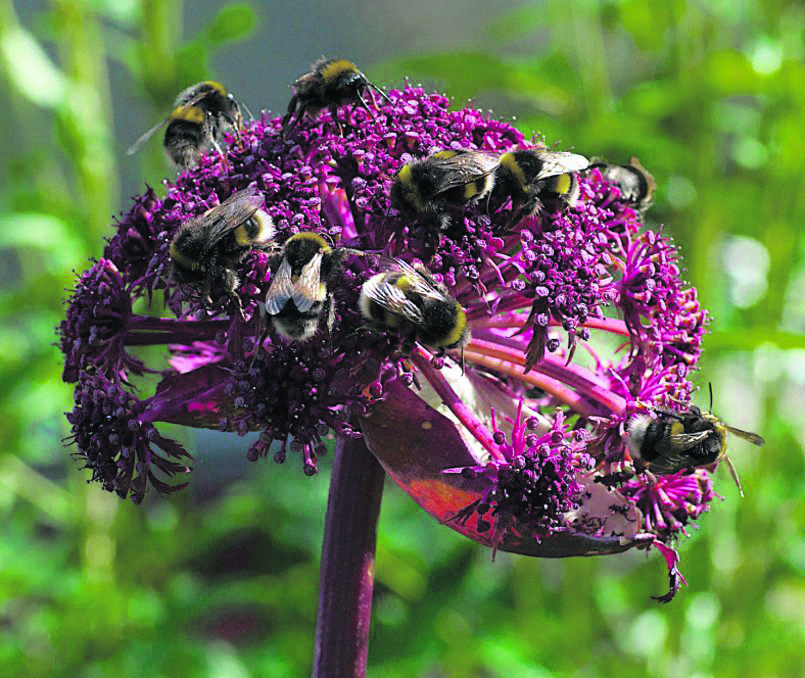
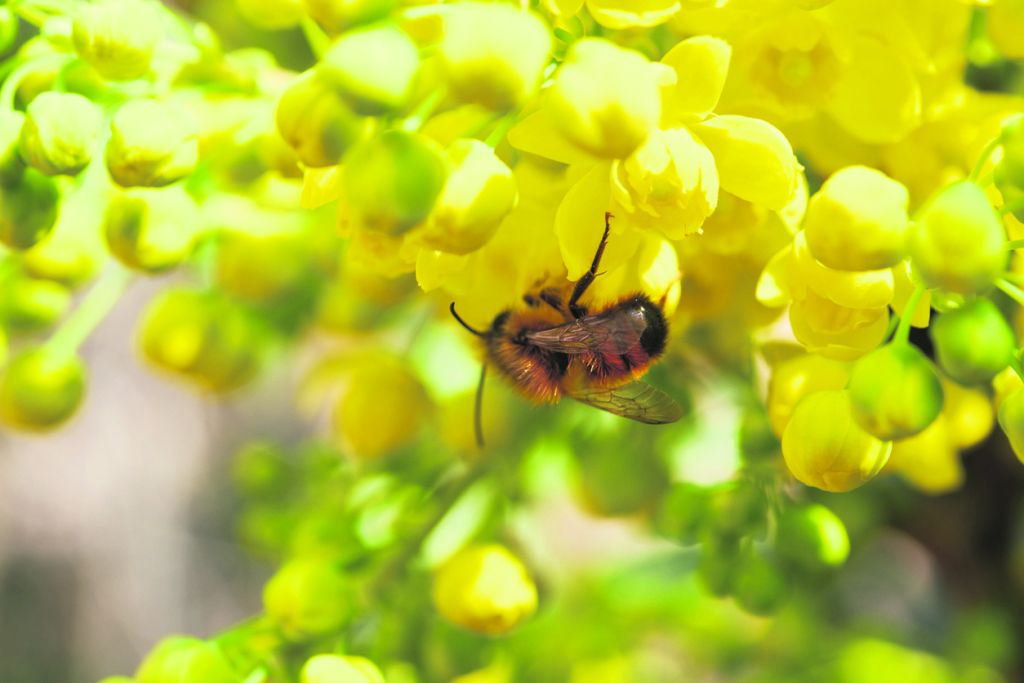
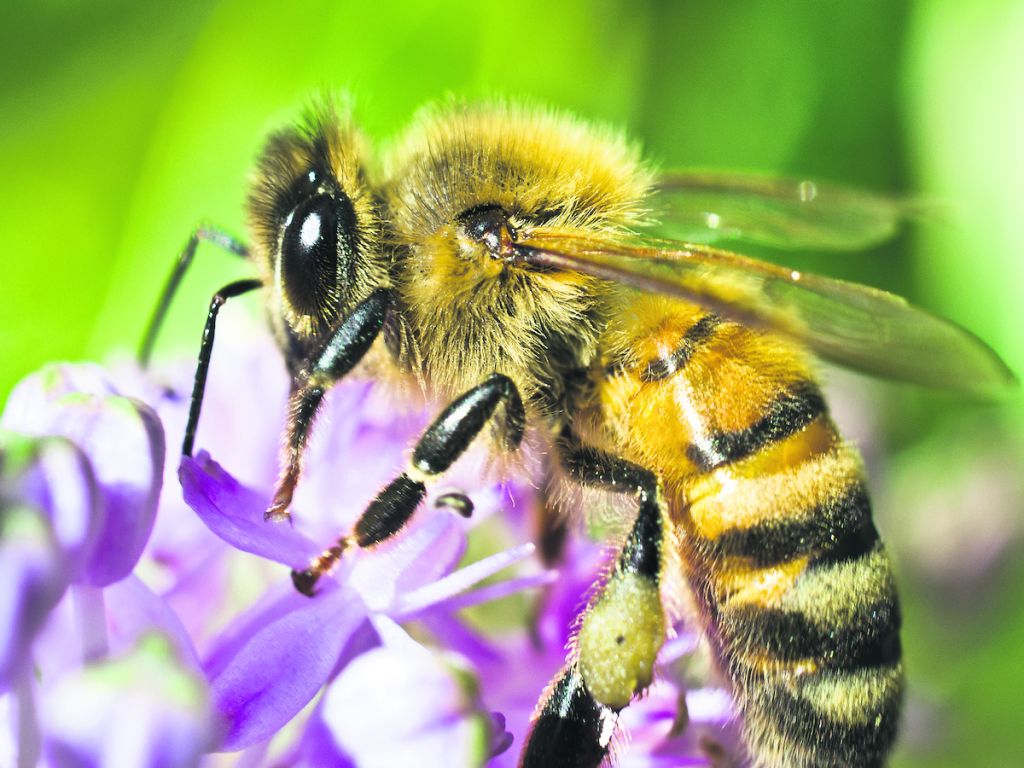
Which plants produce most nectar?
- Spring vegetation, such as hazel, snowdrops, primroses, crocus, willow, hellebore, heather, wild cherry, dandelion and hawthorn.
- Fruit trees;
- Acacia, lime, apple, chestnut;
- Woodland undergrowth such as campions, willow herb and meadowsweet
- Acacia, lime, apple, chestnut;
- Woodland undergrowth such as campions, willow herb and meadowsweet and many varieties of geranium such as the cut leaf or meadow cranesbills, knapweed, ajuga and cat’s ear.
- Perennial border plants, herbs & climbers sweet peas, lupins, vetch family, wisteria and honeysuckle, echinops, Michaelmas daisy, lavender, borage, marjoram and chives.

